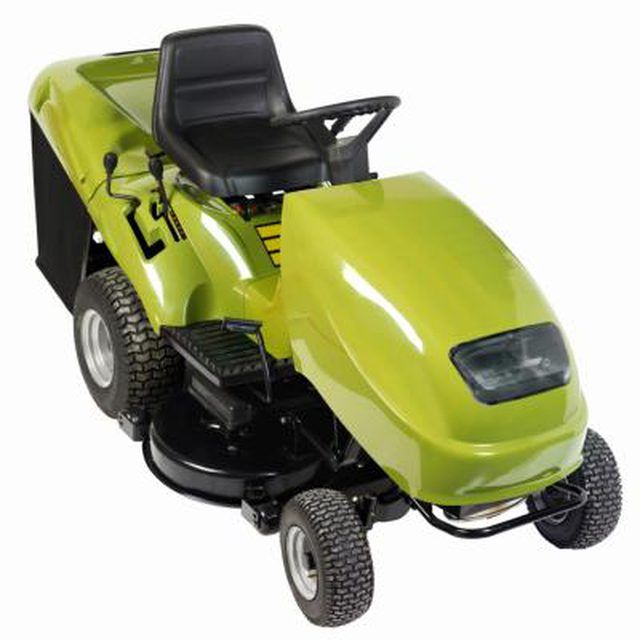Bulbs
Flower Basics
Flower Beds & Specialty Gardens
Flower Garden
Garden Furniture
Garden Gnomes
Garden Seeds
Garden Sheds
Garden Statues
Garden Tools & Supplies
Gardening Basics
Green & Organic
Groundcovers & Vines
Growing Annuals
Growing Basil
Growing Beans
Growing Berries
Growing Blueberries
Growing Cactus
Growing Corn
Growing Cotton
Growing Edibles
Growing Flowers
Growing Garlic
Growing Grapes
Growing Grass
Growing Herbs
Growing Jasmine
Growing Mint
Growing Mushrooms
Orchids
Growing Peanuts
Growing Perennials
Growing Plants
Growing Rosemary
Growing Roses
Growing Strawberries
Growing Sunflowers
Growing Thyme
Growing Tomatoes
Growing Tulips
Growing Vegetables
Herb Basics
Herb Garden
Indoor Growing
Landscaping Basics
Landscaping Patios
Landscaping Plants
Landscaping Shrubs
Landscaping Trees
Landscaping Walks & Pathways
Lawn Basics
Lawn Maintenance
Lawn Mowers
Lawn Ornaments
Lawn Planting
Lawn Tools
Outdoor Growing
Overall Landscape Planning
Pests, Weeds & Problems
Plant Basics
Rock Garden
Rose Garden
Shrubs
Soil
Specialty Gardens
Trees
Vegetable Garden
Yard Maintenance
How to Eliminate a Gas Smell From a Riding Mower Tank
How to Eliminate a Gas Smell From a Riding Mower Tank. A strong gas smell emanating from a riding mower tank can be the result of a handful of circumstances. Your gas cap or your carburetor may be the source of this smell, there may be a leak in your fuel system, or the gas itself may be "spoiled"; regardless, you can clean up and make...

A strong gas smell emanating from a riding mower tank can be the result of a handful of circumstances. Your gas cap or your carburetor may be the source of this smell, there may be a leak in your fuel system, or the gas itself may be "spoiled"; regardless, you can clean up and make the necessary adjustments to your mower, and eliminate the gas smell, even if you have no experience with troubleshooting riding lawn machines.
Things You'll Need
Cloth
Socket wrench
Carburetor cleaning solution
Park and turn off your riding mower.
Check the cap on your mower's gas tank to ensure the cap is screwed tightly on: Spin the cap completely off, then wipe away any gas on the exterior of the mower around the cap using a cloth. Take note of the grooves or threads on the cap and on the tank filler neck; there should be no evidence that they have been distorted. Seat the cap lightly on the filler neck and screw it on securely.
Open the hood concealing the engine on your riding mower tank. Look along the left side of the engine for the distinctive bowl-shaped part. This is the carburetor. Follow the hoses or metal fittings away from the carburetor leading to the gas tank. Inspect closely for leakage on the conduit material as well as at the fittings. Tighten the fittings if a leak appears to emanate from the fittings, or replace the hose or metal conduit if it has been breached.
Look at the bottom of the carburetor bowl to find its bolt. Place a dish under this bolt, and loosen and remove the bolt using a socket wrench to drain the carburetor of gas and excess fluids.
Unscrew the now loosened mower carburetor bowl with your hands. Clean out the inside of the bowl with a cloth and carburetor cleaning solution.
Screw the carburetor back into place on the mower's engine. Reinsert the carburetor bolt into the bottom of the bowl with your socket wrench.
Close the engine hood on your riding mower.
Tips & Warnings
Riding mowers usually use oil to cool the engine separate from the gasoline. Gas in such a mower takes longer to spoil than gas treated with 2-cycle oil. Still, even pure gasoline can go "stale" if it's a marginal batch or if it has sat for a long time. Soured gas has a potent unpleasant smell. Replace gas that has sat in the mower gas tank for more than 6 months.